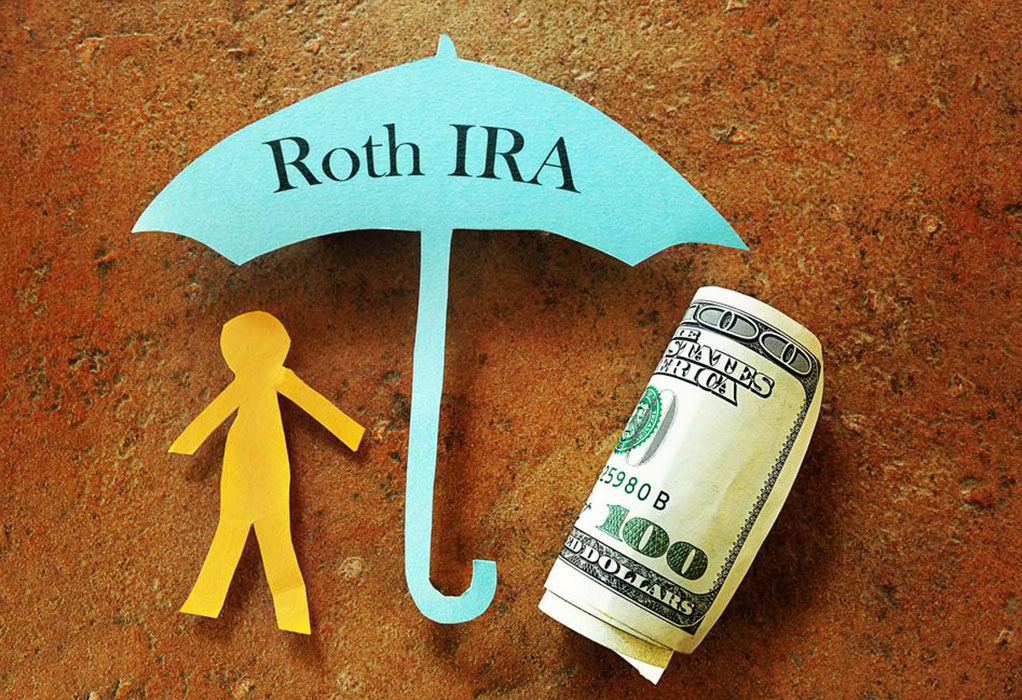Retirement Savings Options: Comparing IRA and 401(k)
This article compares IRA and 401(k) retirement plans, highlighting key differences such as employer sponsorship, contribution limits, tax implications, and eligibility criteria. Understanding these distinctions can help you make informed decisions for a secure retirement. The piece emphasizes important factors like employer matching, tax advantages, and income restrictions, guiding readers to choose the best savings strategy tailored to their needs.

Retirement Planning: IRA vs 401(k) Explained
IRA and 401(k) are two popular retirement savings vehicles. Making an uninformed choice without understanding their differences may cause financial inconveniences later. While subtle, key distinctions between these options can significantly impact your retirement strategy.
A primary difference is that 401(k) plans are employer-sponsored, meaning only employees of a company offering this plan can contribute. On the other hand, IRAs are accessible independently of employment, allowing anyone to open an IRA account. Additionally, some 401(k) plans include employer match contributions, whereas IRAs do not.
Both 401(k) and traditional IRAs involve pre-tax contributions with taxes deferred until withdrawal. In contrast, Roth IRAs are funded with after-tax dollars, allowing tax-free withdrawals. Contribution limits vary, with 401(k)s offering higher caps, especially for those over 60. As of 2017, annual contribution limits for 401(k)s were $18,000, increased to $24,000 for seniors, while Roth IRAs had a limit of $5,500, with possible increases. Income restrictions also apply to Roth IRAs, excluding high earners above specific thresholds.










